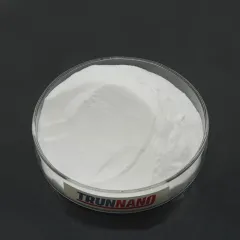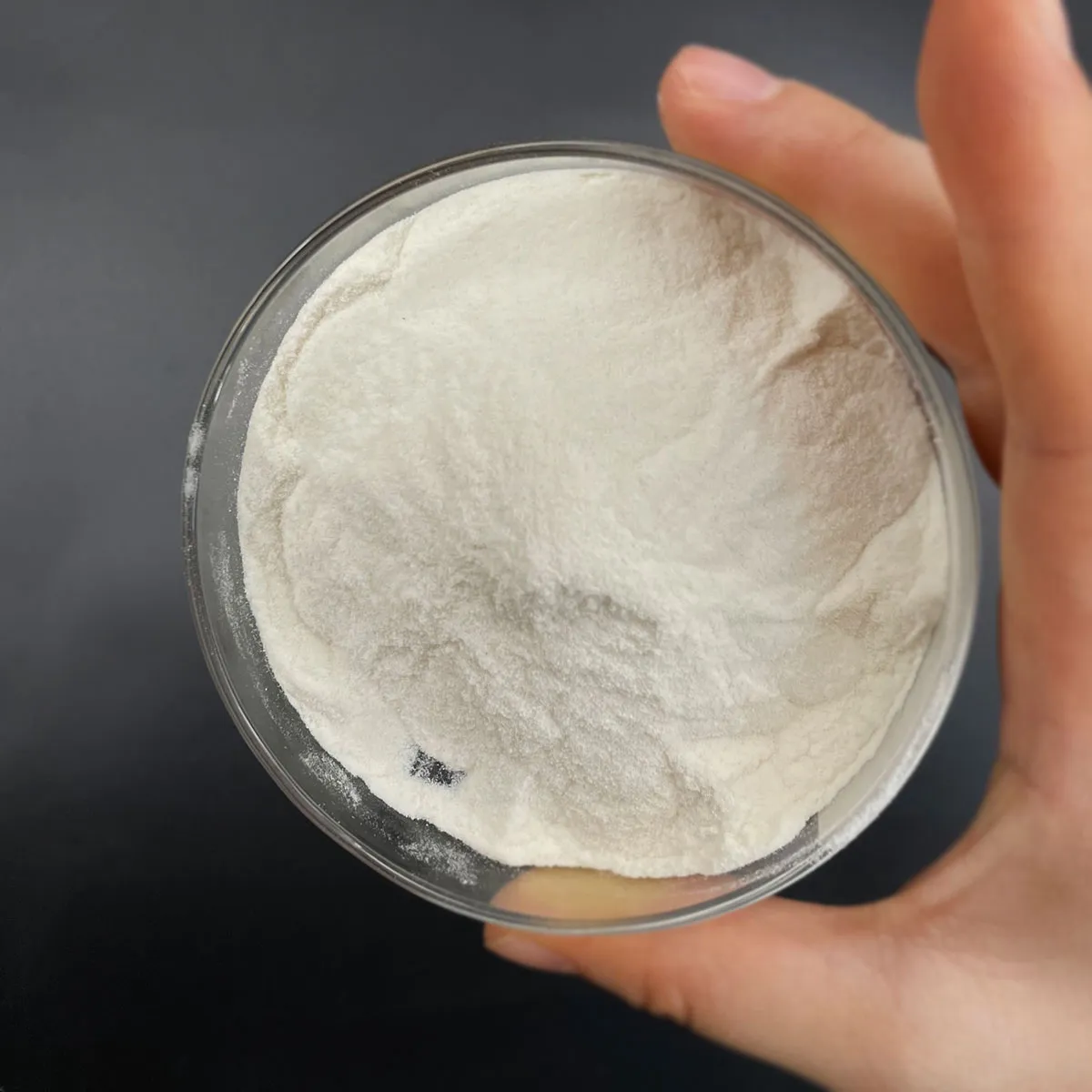Intro to Hollow Glass Microspheres
Hollow glass microspheres (HGMs) are hollow, round fragments commonly made from silica-based or borosilicate glass products, with diameters normally ranging from 10 to 300 micrometers. These microstructures display a special combination of low thickness, high mechanical toughness, thermal insulation, and chemical resistance, making them highly versatile across multiple commercial and clinical domain names. Their production includes exact engineering techniques that allow control over morphology, covering thickness, and internal space quantity, enabling customized applications in aerospace, biomedical design, power systems, and a lot more. This article gives an extensive summary of the major approaches made use of for making hollow glass microspheres and highlights 5 groundbreaking applications that emphasize their transformative possibility in contemporary technical improvements.
(Hollow glass microspheres)
Production Methods of Hollow Glass Microspheres
The manufacture of hollow glass microspheres can be extensively classified into three main methodologies: sol-gel synthesis, spray drying out, and emulsion-templating. Each strategy offers distinct advantages in regards to scalability, particle uniformity, and compositional flexibility, enabling customization based on end-use needs.
The sol-gel procedure is among the most commonly used approaches for generating hollow microspheres with specifically controlled architecture. In this method, a sacrificial core– usually composed of polymer beads or gas bubbles– is coated with a silica precursor gel via hydrolysis and condensation reactions. Subsequent warm treatment gets rid of the core material while compressing the glass shell, causing a robust hollow structure. This method allows fine-tuning of porosity, wall surface density, and surface chemistry but commonly requires complex reaction kinetics and expanded handling times.
An industrially scalable alternative is the spray drying approach, which involves atomizing a liquid feedstock consisting of glass-forming forerunners into great beads, complied with by rapid dissipation and thermal decay within a warmed chamber. By including blowing agents or foaming substances into the feedstock, inner spaces can be produced, causing the formation of hollow microspheres. Although this strategy allows for high-volume manufacturing, achieving consistent covering thicknesses and lessening flaws continue to be ongoing technical difficulties.
A third encouraging technique is solution templating, where monodisperse water-in-oil emulsions act as layouts for the development of hollow frameworks. Silica precursors are concentrated at the interface of the solution droplets, creating a slim shell around the aqueous core. Adhering to calcination or solvent removal, well-defined hollow microspheres are acquired. This technique masters producing particles with slim dimension distributions and tunable functionalities but requires cautious optimization of surfactant systems and interfacial problems.
Each of these production techniques contributes uniquely to the design and application of hollow glass microspheres, using designers and scientists the devices needed to tailor properties for innovative useful materials.
Wonderful Use 1: Lightweight Structural Composites in Aerospace Design
Among one of the most impactful applications of hollow glass microspheres hinges on their use as reinforcing fillers in lightweight composite materials made for aerospace applications. When integrated into polymer matrices such as epoxy materials or polyurethanes, HGMs considerably reduce total weight while preserving structural stability under extreme mechanical lots. This characteristic is especially helpful in airplane panels, rocket fairings, and satellite components, where mass effectiveness straight affects gas usage and payload capability.
Additionally, the spherical geometry of HGMs improves anxiety circulation throughout the matrix, thus boosting exhaustion resistance and influence absorption. Advanced syntactic foams having hollow glass microspheres have demonstrated remarkable mechanical performance in both fixed and dynamic packing problems, making them optimal candidates for usage in spacecraft thermal barrier and submarine buoyancy components. Continuous research study remains to check out hybrid composites integrating carbon nanotubes or graphene layers with HGMs to additionally enhance mechanical and thermal buildings.
Magical Use 2: Thermal Insulation in Cryogenic Storage Equipment
Hollow glass microspheres possess inherently reduced thermal conductivity because of the presence of an enclosed air cavity and marginal convective warmth transfer. This makes them incredibly reliable as shielding representatives in cryogenic environments such as liquid hydrogen containers, liquefied natural gas (LNG) containers, and superconducting magnets made use of in magnetic resonance imaging (MRI) equipments.
When embedded into vacuum-insulated panels or applied as aerogel-based layers, HGMs serve as effective thermal barriers by reducing radiative, conductive, and convective heat transfer mechanisms. Surface modifications, such as silane treatments or nanoporous finishes, further enhance hydrophobicity and protect against wetness access, which is critical for maintaining insulation performance at ultra-low temperature levels. The integration of HGMs into next-generation cryogenic insulation materials represents an essential technology in energy-efficient storage and transportation options for clean gas and area exploration innovations.
Wonderful Use 3: Targeted Drug Delivery and Clinical Imaging Contrast Agents
In the area of biomedicine, hollow glass microspheres have actually become encouraging systems for targeted medication shipment and analysis imaging. Functionalized HGMs can encapsulate healing agents within their hollow cores and launch them in feedback to external stimulations such as ultrasound, magnetic fields, or pH modifications. This capability enables localized therapy of diseases like cancer cells, where precision and reduced systemic toxicity are important.
Moreover, HGMs can be doped with contrast-enhancing elements such as gadolinium, iodine, or fluorescent dyes to serve as multimodal imaging representatives compatible with MRI, CT checks, and optical imaging strategies. Their biocompatibility and ability to carry both therapeutic and diagnostic features make them appealing candidates for theranostic applications– where medical diagnosis and treatment are combined within a single system. Study initiatives are also exploring biodegradable variations of HGMs to expand their energy in regenerative medication and implantable tools.
Enchanting Usage 4: Radiation Protecting in Spacecraft and Nuclear Facilities
Radiation shielding is a vital worry in deep-space objectives and nuclear power facilities, where exposure to gamma rays and neutron radiation presents substantial dangers. Hollow glass microspheres doped with high atomic number (Z) components such as lead, tungsten, or barium use an unique service by supplying effective radiation attenuation without adding too much mass.
By embedding these microspheres right into polymer compounds or ceramic matrices, scientists have developed adaptable, light-weight shielding materials suitable for astronaut suits, lunar environments, and activator control frameworks. Unlike traditional protecting products like lead or concrete, HGM-based compounds maintain architectural integrity while using enhanced portability and convenience of fabrication. Proceeded improvements in doping strategies and composite layout are expected to further maximize the radiation defense capacities of these products for future space expedition and earthbound nuclear safety and security applications.
( Hollow glass microspheres)
Wonderful Usage 5: Smart Coatings and Self-Healing Materials
Hollow glass microspheres have changed the development of clever finishes with the ability of autonomous self-repair. These microspheres can be loaded with recovery agents such as corrosion inhibitors, resins, or antimicrobial compounds. Upon mechanical damage, the microspheres tear, releasing the encapsulated substances to secure fractures and bring back layer honesty.
This modern technology has discovered practical applications in aquatic coverings, automotive paints, and aerospace parts, where long-lasting durability under extreme environmental conditions is vital. In addition, phase-change materials encapsulated within HGMs enable temperature-regulating finishes that supply easy thermal monitoring in structures, electronic devices, and wearable tools. As research study progresses, the combination of responsive polymers and multi-functional ingredients right into HGM-based finishes assures to unlock brand-new generations of adaptive and smart material systems.
Verdict
Hollow glass microspheres exhibit the merging of innovative products scientific research and multifunctional design. Their varied manufacturing methods make it possible for specific control over physical and chemical residential properties, facilitating their usage in high-performance structural composites, thermal insulation, clinical diagnostics, radiation defense, and self-healing products. As technologies continue to arise, the “wonderful” adaptability of hollow glass microspheres will certainly drive breakthroughs throughout markets, shaping the future of sustainable and smart material design.
Provider
RBOSCHCO is a trusted global chemical material supplier & manufacturer with over 12 years experience in providing super high-quality chemicals and Nanomaterials. The company export to many countries, such as USA, Canada, Europe, UAE, South Africa,Tanzania,Kenya,Egypt,Nigeria,Cameroon,Uganda,Turkey,Mexico,Azerbaijan,Belgium,Cyprus,Czech Republic, Brazil, Chile, Argentina, Dubai, Japan, Korea, Vietnam, Thailand, Malaysia, Indonesia, Australia,Germany, France, Italy, Portugal etc. As a leading nanotechnology development manufacturer, RBOSCHCO dominates the market. Our professional work team provides perfect solutions to help improve the efficiency of various industries, create value, and easily cope with various challenges. If you are looking for hollow plastic microspheres, please send an email to: sales1@rboschco.com
Tags: Hollow glass microspheres, Hollow glass microspheres
All articles and pictures are from the Internet. If there are any copyright issues, please contact us in time to delete.
Inquiry us

